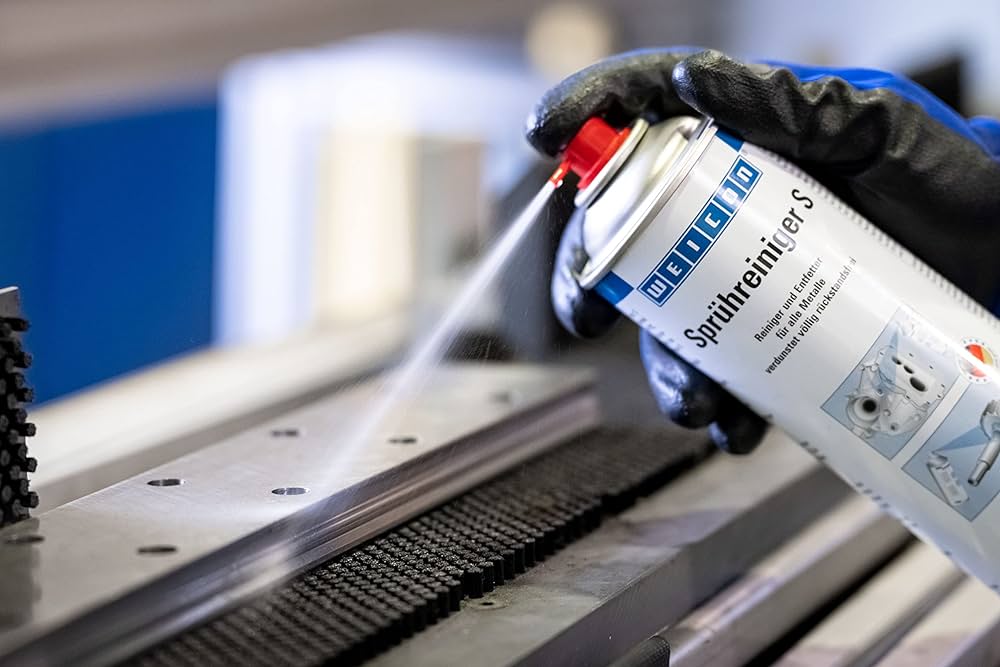

- Contributions by industrial experts with engineers in mind
- Focused on specialty-chemical material applications and selection
Knowledge Center
What are the Types of Adhesive Sealants? An In-Depth Q&A

Adhesive Sealant Types Q&A
Adhesive sealants bond substrates together and fill gaps to seal-out the environment. These liquid products remain flexible enough to support slight substrate movement while preventing contaminants from entering or escaping an assembly.
There are six main types of adhesive sealant products.
- polyurethane
- silicone
- silane modified polymer (SMP)
- butyl
- polysulfide
- marine
For design engineers who want to know all about adhesive sealants, this Q&A series from Gluespec® provides answers to frequently asked questions (FAQs). In addition to this Q&A about product types, there is an introductory FAQ and an adhesive sealant selection FAQ.
Q: What are polyurethane adhesive sealants?
Polyurethane adhesive sealants provide extremely strong bonds and are used in both industrial and marine applications. They adhere to many substrates and can withstand many common types of environmental exposure. Importantly, these adhesive sealants are soft, flexible, and conform well to joints while supporting substrates with different coefficients of thermal expansion (CTEs).
Most polyurethane adhesive sealants can withstand service temperatures of -40°C to +90°C; however, some are rated for higher temperatures. In terms of curing, most products use one-part, room-temperature vulcanizing (RTV) systems. When one-part products are not appropriate, such as when greater depth of curing is required, two-part systems are used.
Although polyurethane adhesive sealants breakdown with UV light, they can be painted to impart UV protection. For coatings that require greater adhesion, primers and surface treatments can be applied. Industries that use polyurethane adhesive sealants range from aerospace and pharmaceutical manufacturing to vehicle assembly.
Q: What are silicone adhesive sealants?
Silicone adhesive sealants are soft, flexible products that conform well to joints and support substrates with different CTEs. They are available in various viscosities for manual or automatic dispensing and bond well to many types of substrates. These adhesive sealants are also durable and resist many types of chemicals along with moisture, weather, and UV light (sunlight). For environments with challenging chemicals, such as exposure to fuels, fluorosilicone products are available.
Silicone adhesive sealants are recommended for applications with extreme temperatures. Products that withstand service temperatures of -60°C to 205°C are common but some formulations can withstand temperatures as high as 315°C. These high-temperature silicones are especially useful in electronics, but silicones are used in many industrial and marine applications. In terms of curing, most silicone adhesive sealants are one-part RTV materials. Some two-part products are available but they are generally used where a greater depth of cure is needed.
Because of their low surface energy, silicones are not easy to paint. Applying a primer can promote coating adhesion but also adds manufacturing costs.
Q: What are silane modified polymer (SMP) adhesive sealants?
SMP adhesive sealants are relatively new products that combine the strength of polyurethanes with the UV and weather resistance of silicones. Like silicones and polyurethanes, SMP adhesive sealants are soft, flexible products that conform well to substrates and allow for materials with different CTEs. SMP products also provide very good adhesion to most substrates and are suitable for service temperatures from -40°C to 120°C. Most are one-part systems that cure with moisture in the air. They support both manual and automatic dispensing and can be easily painted. Typically, SMP adhesive sealants are used in industrial applications such as metal fabrication and windshield bonding.
Q: What are butyl adhesive sealants?
Butyl adhesive sealants have good flexibility and a low (soft) durometer, which allows them to conform to mating surfaces and flex with substrates with different CTEs. Typically, they are one-part products that use condensation curing. Butyl adhesive sealants exhibit good environmental resistance and can withstand weathering and UV exposure, properties that make them popular in caulks and sealants for building and construction applications. Their service temperature range is usually -60°C to +120°C. Although butyl adhesive sealants have good resistance to gasoline and jet fuels, they do not provide good resistance to acids.
Q: What are polysulfide adhesive sealants?
Polysulfide adhesive sealants are generally used in demanding aerospace applications such as fuel tank sealing, windshield and canopy sealing, and firewall sealing. They typically can withstand chemical exposure and temperatures from -55°C to 204°C with intermittent resistance up to 1100°C for some.
Q: What are marine adhesive sealants?
Marine adhesive sealants are treated as a separate category of products because of the specific and harsh environments that they need to withstand. Whether it’s from the pounding of waves on a dock or the pounding that a boat or ship experiences, these products must be able to resist salt water or freshwater spray and submersion. Marine adhesive sealants also need to resist extreme UV exposure in the form of intense sunlight, some of which is reflected from the water. Resistance to fuels and oils is also required. Marine adhesive sealants can use silicone, polyurethane, or SMP formulations with the same properties (such as temperature resistance) found in products for industrial and other applications.
Q: What else do engineers need to know about adhesive sealant types?
In addition to the information in this FAQ about adhesive sealant types, engineers need to know about adhesive sealant selection. It’s also a good idea to familiarize yourself with Gluespec’s introductory FAQ to this category of products, which are considered to be both industrial adhesives and industrial sealants.





